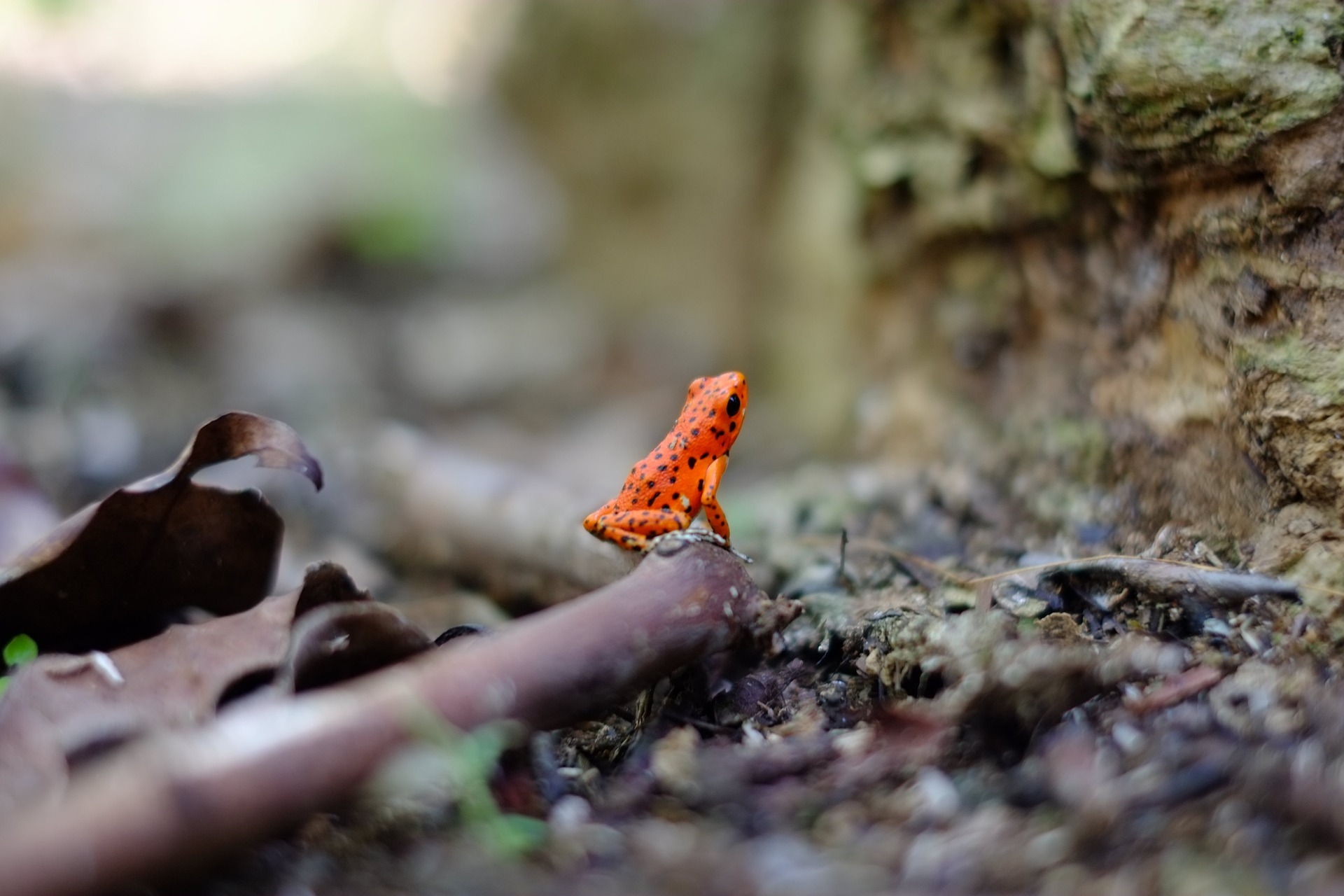Reclaiming the Spotlight: The Unexpected Resurgence of Mime
In the ever-evolving landscape of performing arts, one art form has made an unexpected comeback. Mime, often overlooked and underestimated, is undergoing a creative resurgence. This article delves into the reasons behind this resurgence and its impact on the performing arts industry.

The Evolution of Mime
Once relegated to street corners and park performances, mime has found a new lease on life. The art form, defined by its silent and exaggerated physical storytelling, is now popping up in unexpected places like television shows, music videos, and even corporate training programs.
Mime in Modern Media
Modern media has played a crucial role in the resurgence of mime. The art form’s unique visual language transcends linguistic barriers, making it an ideal choice for international media. Moreover, in a digitally saturated world, the simplicity and physicality of mime offer a refreshing contrast.
The Impact on Performing Arts
This resurgence of mime has had a profound impact on the performing arts industry. It has expanded the range of storytelling techniques available to performers and has fostered a renewed appreciation for non-verbal communication. Mime has also provided a platform for performers who might not have otherwise had the opportunity to showcase their talents.
The Role of Mime Workshops
Workshops and training programs have played a significant role in this resurgence. These programs not only teach the techniques of mime but also emphasize its benefits, such as improved body awareness and communication skills. As a result, more people are becoming interested in and engaged with this art form.
The Future of Mime
With its newfound popularity, the future of mime looks promising. This resurgence has the potential to reshape the performing arts landscape, encouraging more diversity in expression and storytelling.
Useful Tips and Facts about Mime:
- Mime originated in Ancient Greece and was used to portray the stories of gods and heroes.
- Famous mime artists include Marcel Marceau, Étienne Decroux, and Charlie Chaplin.
- Mime can improve physical coordination, self-expression, and non-verbal communication skills.
- The World Mime Organization holds an annual World Mime Day to celebrate this art form.
In conclusion, the resurgence of mime is a testament to the enduring power of this unique form of storytelling. It reminds us that even in our digital age, the simplicity and physicality of mime can captivate audiences, transcending language barriers and cultural differences. Through its resurgence, mime has once again claimed its rightful place in the performing arts spotlight.




